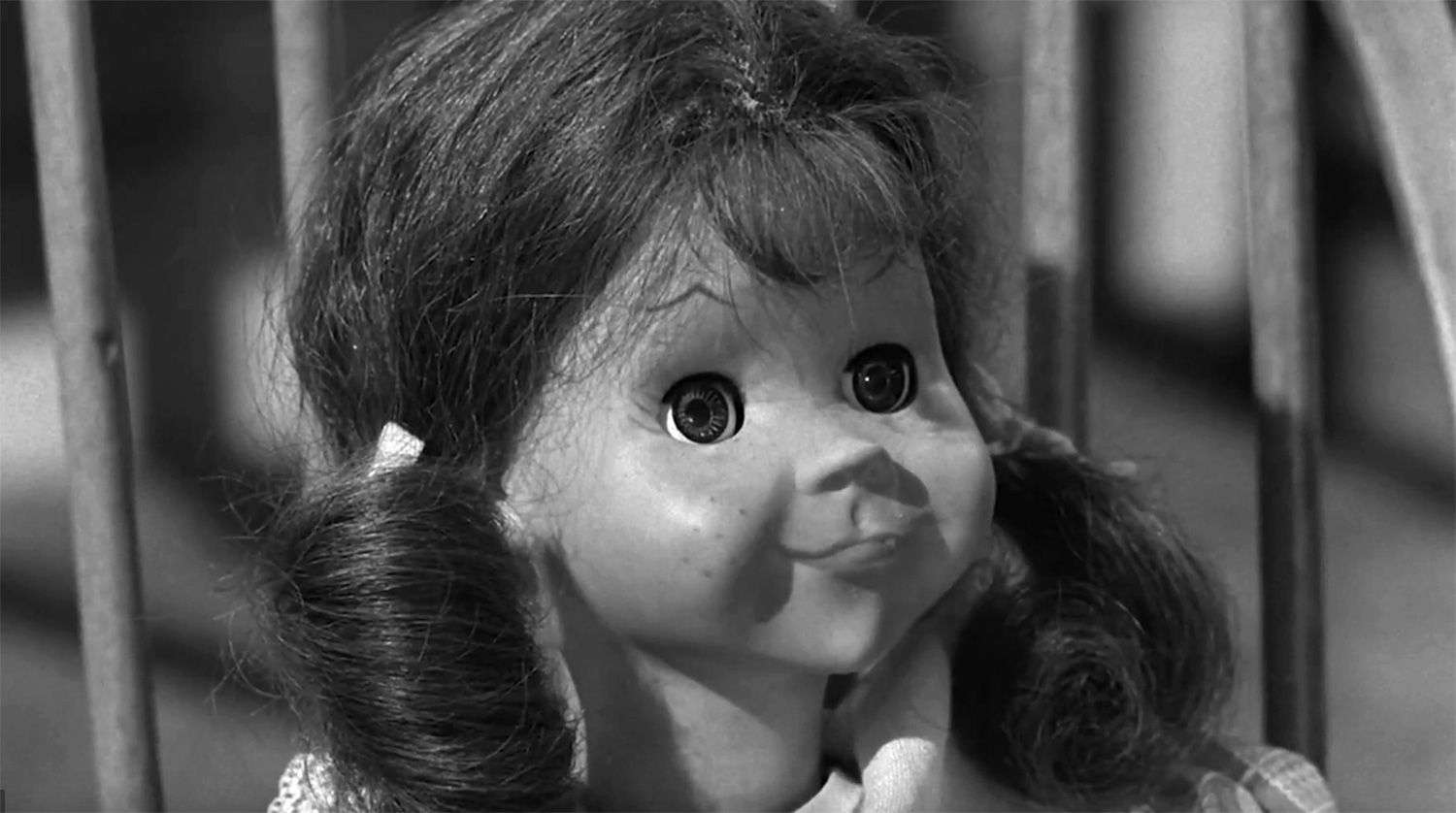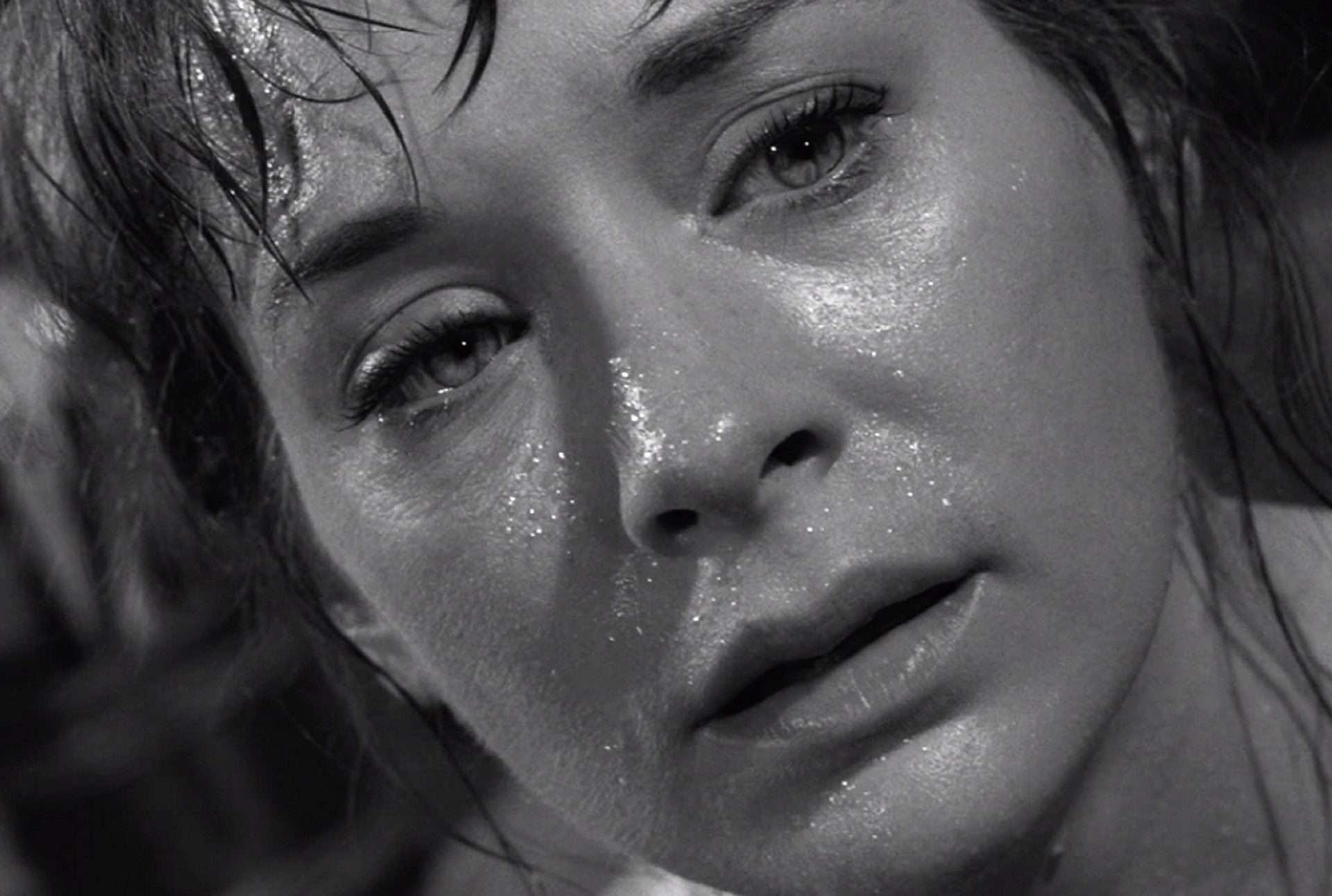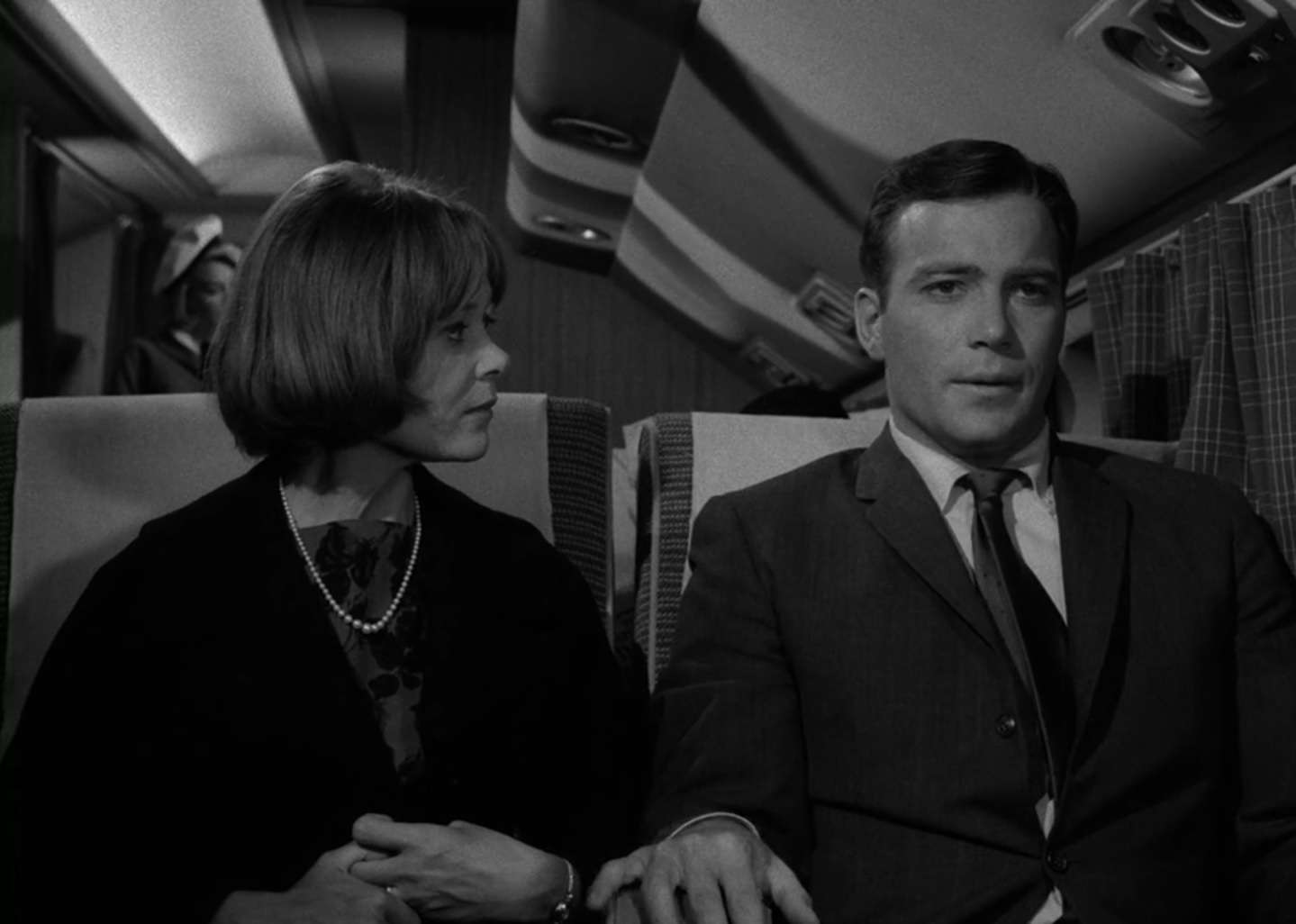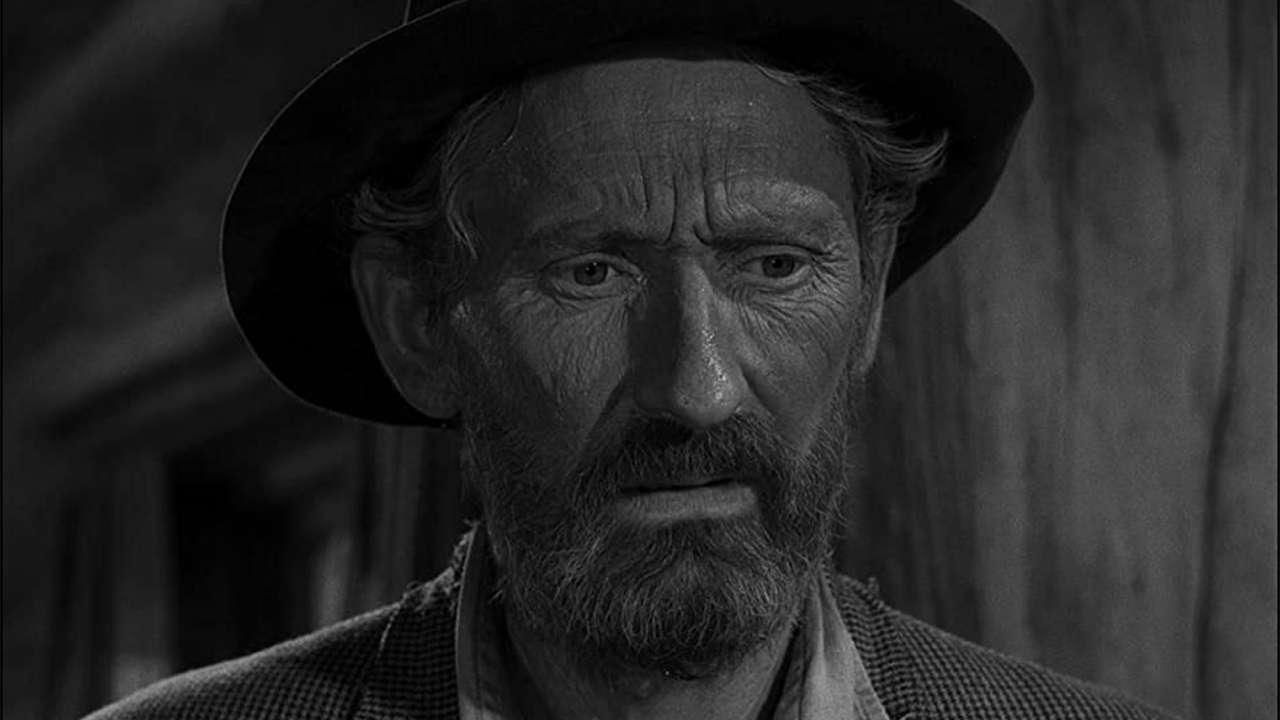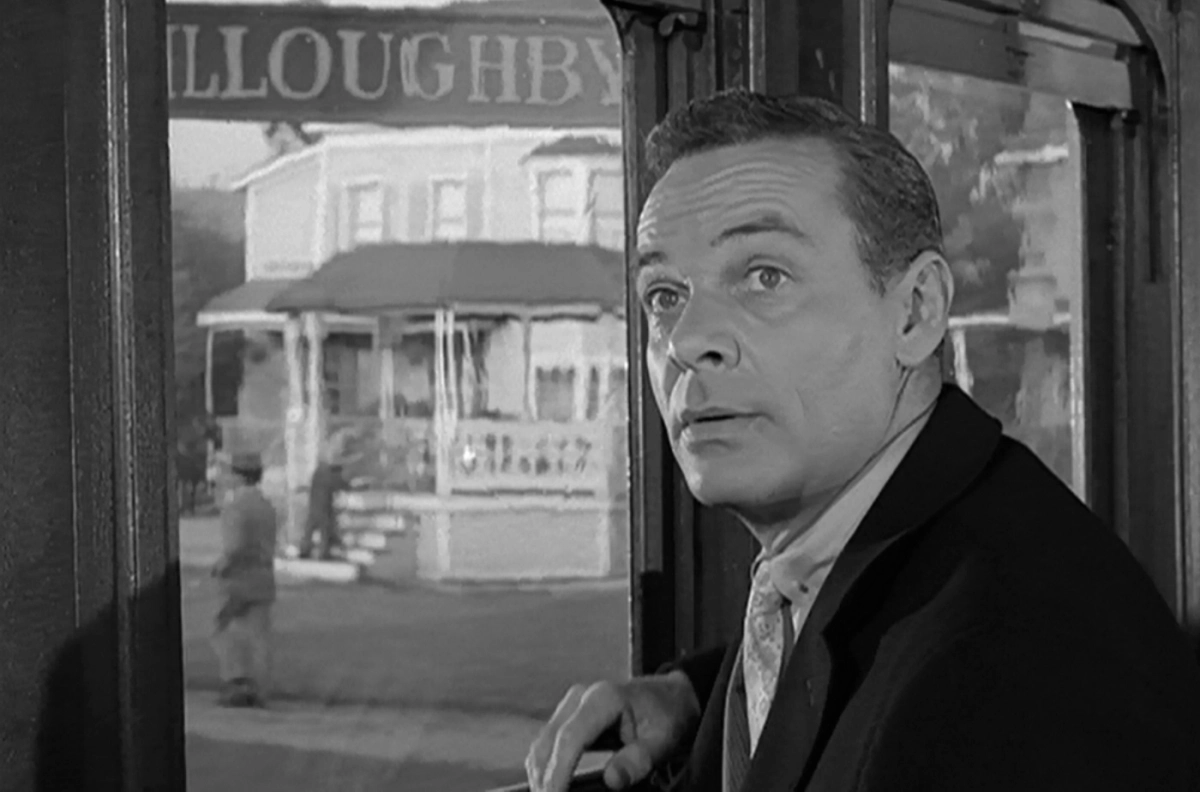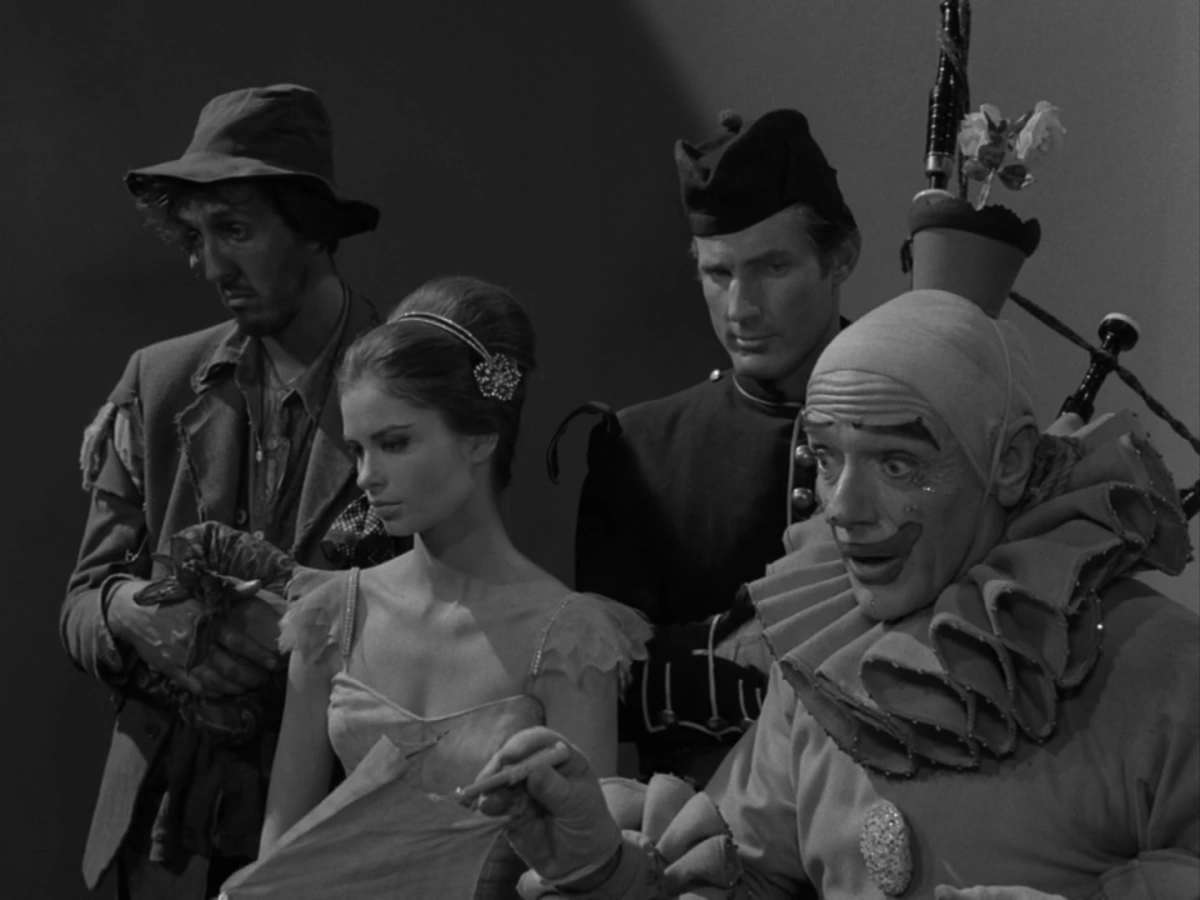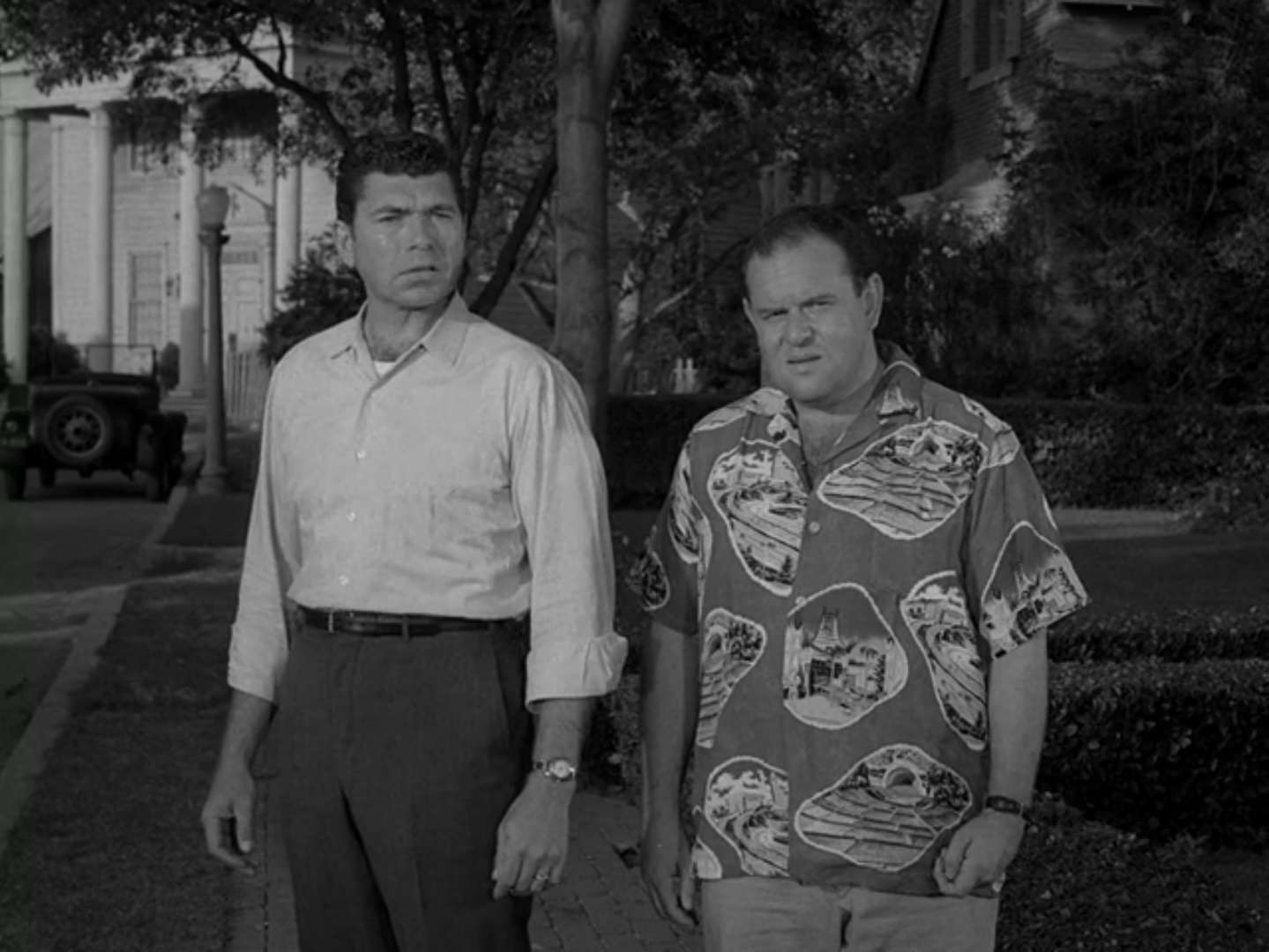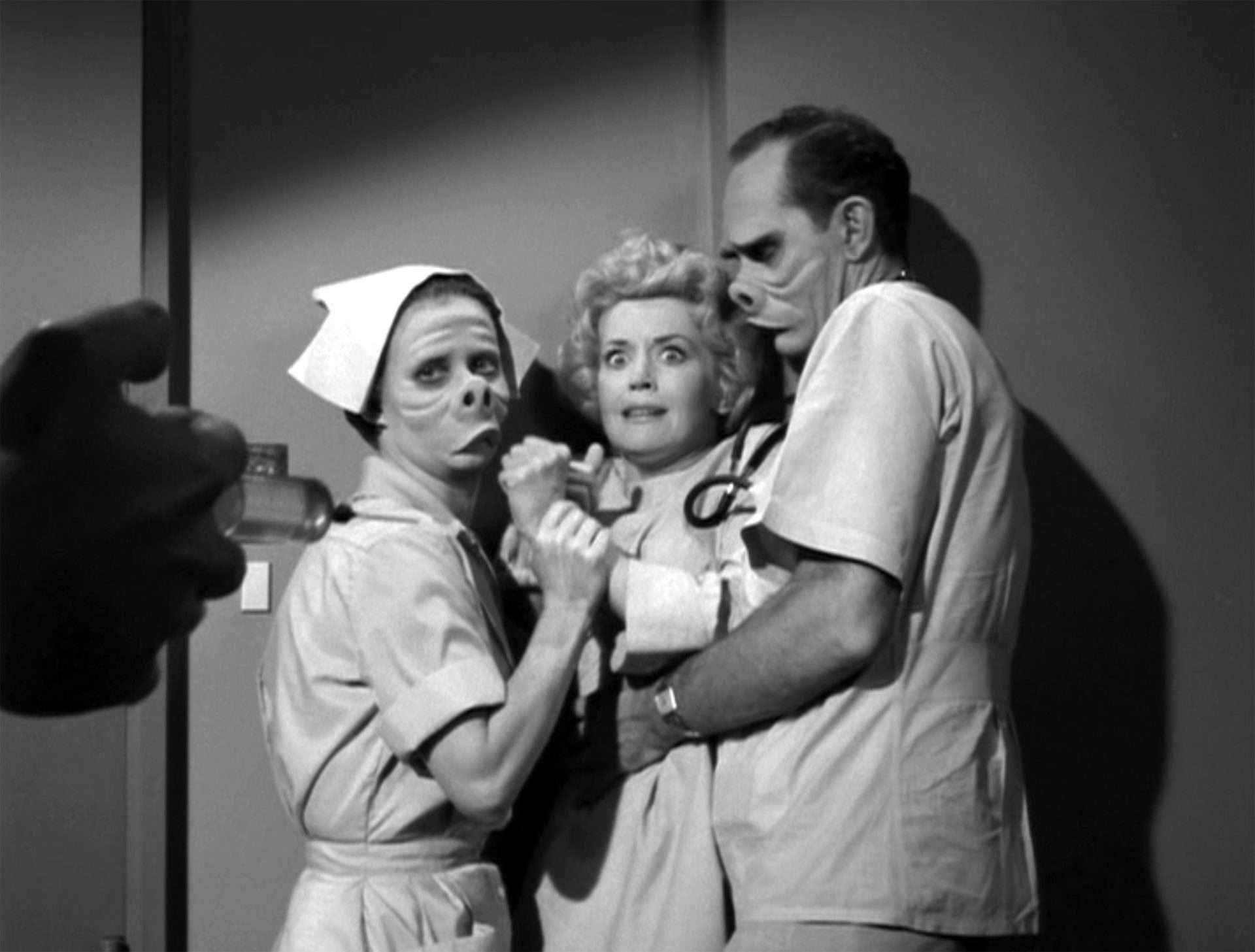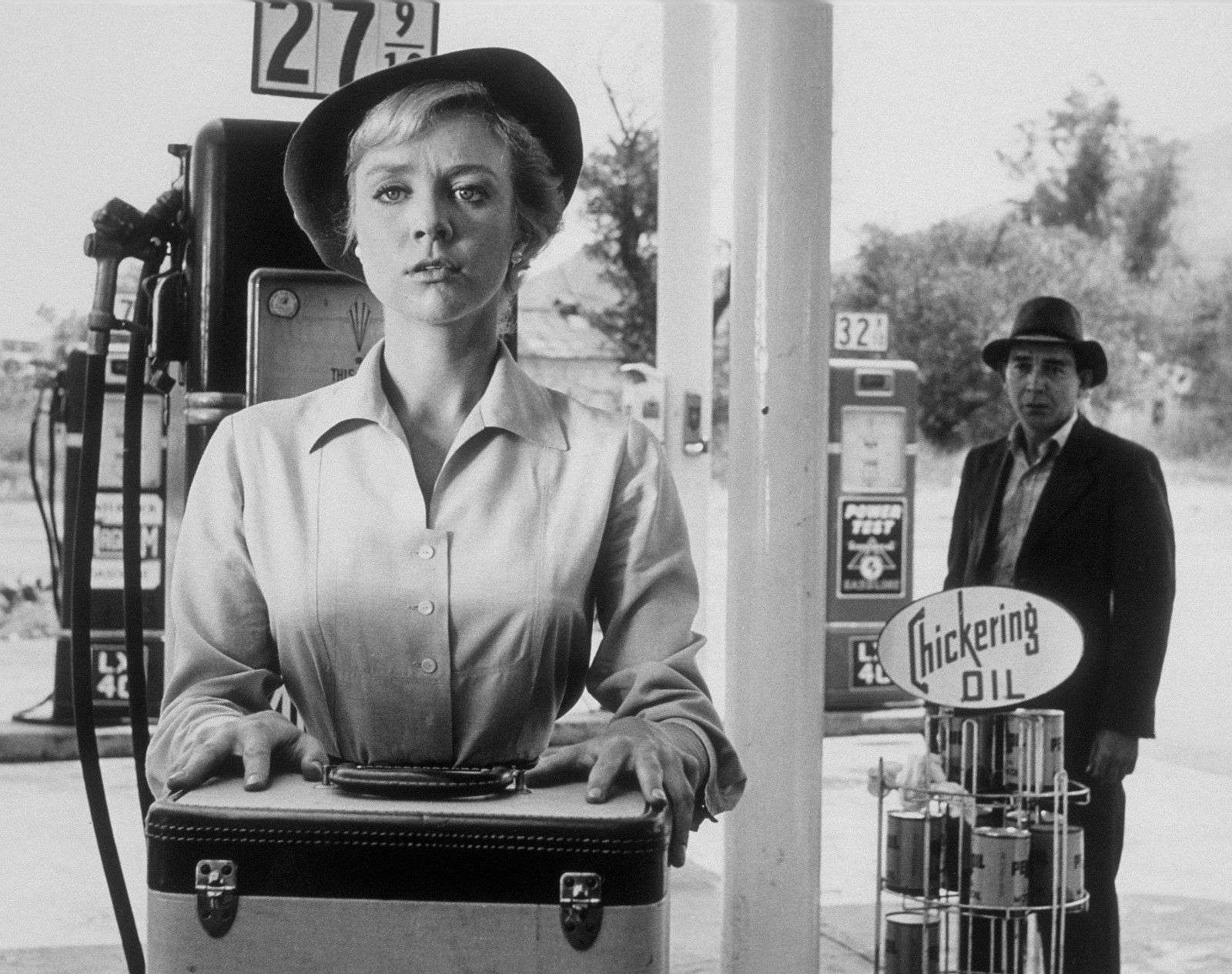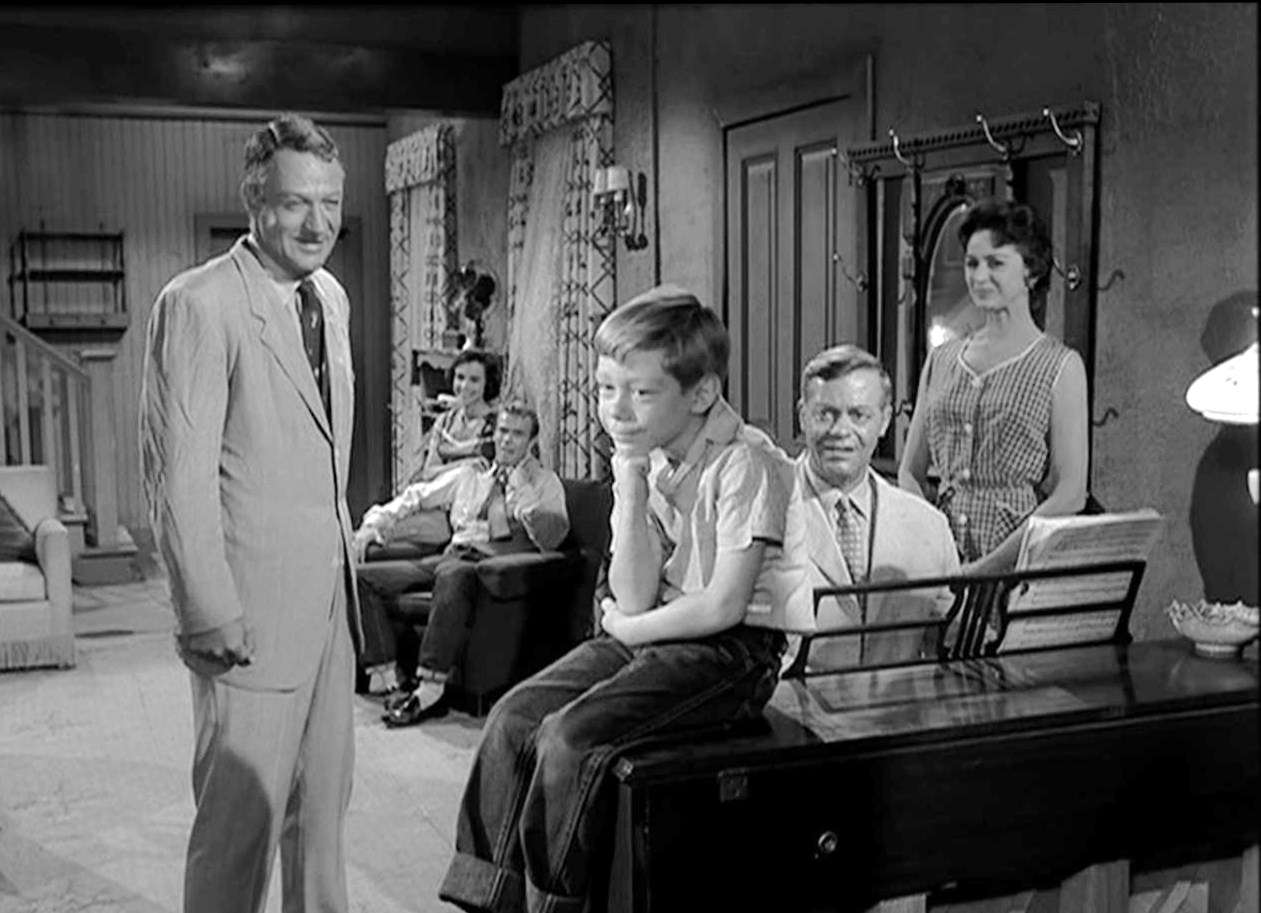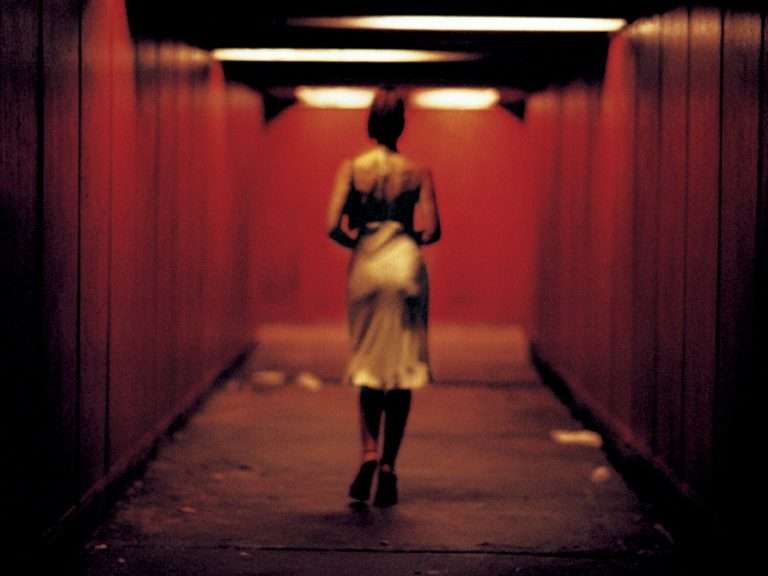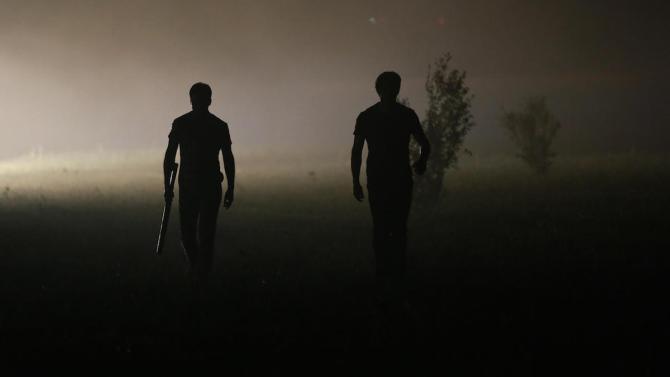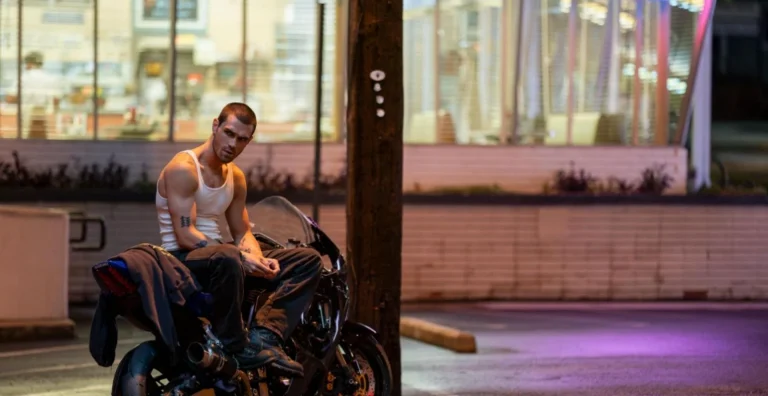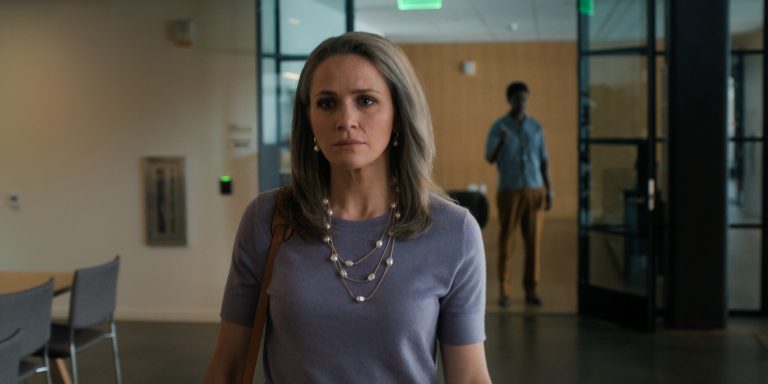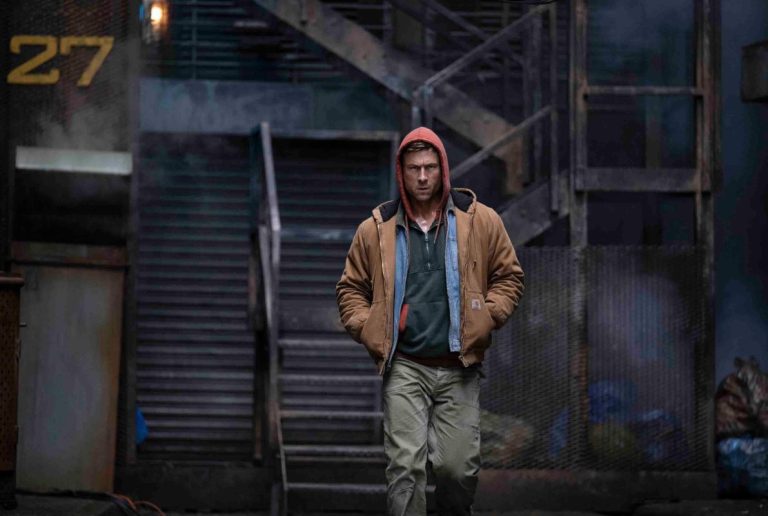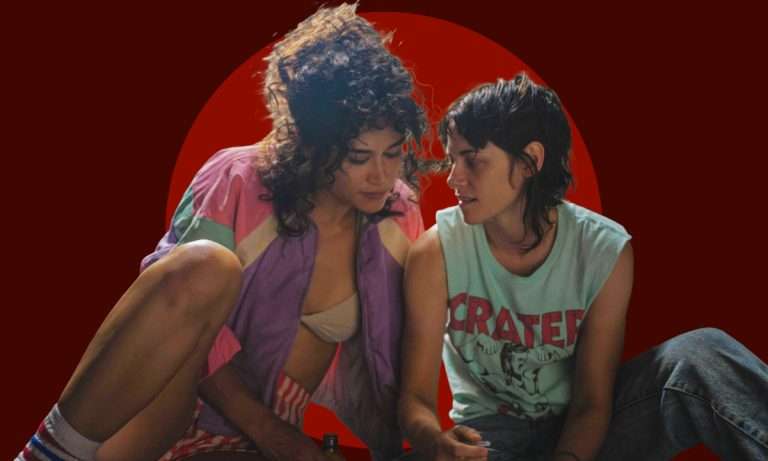Few shows have been more influential throughout the history of television than The Twilight Zone. Between 1959 and 1964, this sci-fi horror series stunned and captivated viewers with its radical employment of the supernatural to tell morality tales. Creator, narrator, and frequent writer Rod Serling set a new precedent for what television could achieve with his bizarre approach to storytelling, which could range anywhere from fun and lighthearted to genuinely thought-provoking to outright terrifying.
It’s difficult to contextualize just how innovative the show was for its time, but it left shockwaves in pop culture that are still being felt today. Without Serling and his freaky anthology tales, we may not have the likes of Stephen King, Steven Spielberg, or Jordan Peele, just to name a few. While the show was always great at tackling issues of its time, it also remains incredibly timeless and relevant even over 60 years later. Join us as we take a look at some of the best of the series. Your next stop is The Twilight Zone.
10. Living Doll (Season 5, Episode 6)
Dolls are creepy. There’s no way around it. For years, our dreams have been haunted by the likes of Chucky, Annabelle, and M3GAN, but before any of them, The Twilight Zone introduced the world to a little homicidal doll named Talky Tina. This standout episode of the show’s final season centers around a young girl, Christie, whose mother gifts her a wind-up doll in an effort to help her cope with her mother’s recent remarriage. Unlike most “killer doll” stories, Talky Tina is actually a heroic figure, as she torments Christie’s abusive stepfather and seeks to protect her throughout the episode.
A lot of the trademark characteristics of the killer doll narrative can be traced back to this episode, such as when Talky Tina goes off script and straight-up threatens the stepfather. While it’s enjoyable to see the stepfather get his comeuppance in the final minutes, the depiction of domestic abuse is appropriately very heavy, never shying away from the serious subject matter. It’s a dark episode that leaves a huge impression, and it says a lot about the quality and integrity of the show that they were still willing to continue pushing the envelope even on their way out.
9. The Midnight Sun (Season 3, Episode 10)
The series rarely got more nail-bitingly intense than “The Midnight Sun.” A true masterclass in building tension in a short amount of time, the episode follows two women in an apartment building as they struggle to survive as its final two remaining residents. Due to a freak occurrence, the Earth is moving rapidly towards the sun. The episode finds its protagonists on the hottest day in history. Resources are running low, people are dying, and the world they once knew is crumbling around them.
The episode explores many intriguing ideas, such as accepting death and the dark places people go to when they’re desperate. The intense heat is palpable through the screen, and the performances from Lois Nettleton and Betty Garde are phenomenal, selling the extreme situation in an eerily authentic way. As the episode boils to its inevitable climax, the imagery and sound design on display are sure to be permanently burned into the memory of viewers. As scary as the closing moments are, it wouldn’t be The Twilight Zone without a last-minute twist, and this one definitely ranks amongst its most effective.
8. Nightmare at 20,000 Feet (Season 5, Episode 3)
Easily the most iconic episode of the series, “Nightmare at 20,000 Feet,” has been parodied and remade to death. Still, for our money, nobody has managed to do it better than the original – with apologies to Bart Simpson and John Lithgow. Written by Richard Matheson and directed by Richard Donner, the episode follows a salesman (William Shatner) with a fear of flying, who, of course, finds himself on a plane, forced to confront his fears. Things become more complicated when he sees a figure on the aircraft’s wing that nobody else seems to notice.
As the flight goes on, he becomes increasingly convinced that the figure is a gremlin who’s trying to take down the plane; all the while, the people around him think he’s mad. It’s an effortlessly engaging premise for a story, and the execution doesn’t disappoint, so long as you can excuse the extremely dated monster costume. Much like “Living Doll,” though, it’s an incredible testament to Rod Serling and his crew that they were able to produce an episode of this quality that’s gone on to become a staple of the series at a time when they were running low on money and material. It’s an undeniable all-timer for a good reason.
7. The Hunt (Season 3, Episode 19)
Rarely cited amongst the best episodes of the series, “The Hunt” deserves more appreciation for being the brilliant tale that it is. When thinking of The Twilight Zone, what likely comes to mind are monsters, aliens, and cautionary tales, but, as this episode proves, the show could also be very sweet. The story follows an older man named Hyder and his hunting dog/best friend, Rip. They head down to the pond to catch some raccoons, but after Rip dives in, the older man follows after him, and the two end up drowning. Maybe this doesn’t sound very sweet … hear us out.
The two wake up and don’t realize that they’ve died until they walk around and realize nobody can see or hear them. They walk a long path and find a gateway that may or may not be their ticket to the afterlife. Without giving away the ending, the episode has a beautiful payoff that pulls on the heartstrings as it pays homage to man’s best friend. Not only is the episode a great standalone experience, but it’s also a potent reminder that, at its best, The Twilight Zone was a show of variety, which should always be the goal of an anthology series.
6. A Stop at Willoughby (Season 1, Episode 30)
Without a doubt, one of Rod Serling’s first definitive moments penning for The Twilight Zone is the deceptively whimsical “A Stop as Willoughby.” Following a regular working-class everyman fed up with the stresses of his job and loveless marriage, the episode poses as a sort of time travel fantasy adventure before veering off track into something much more grim. The man falls asleep while taking the train home from work and seemingly awakens in the late 19th century in a peaceful town called Willoughby.
It’s a simple, stress-free paradise that he can’t wait to revisit. As the man’s life unravels around him, he retreats to Willoughby more often, and the episode begins to reveal where it’s truly headed. Again, we won’t give it away, but the ending is one of Serling’s most incredible twists, playing out like the punchline of a truly sick joke. The episode as a whole is a surprisingly honest and upfront depiction of depression and how it can warp one’s sense of reality. “A Stop at Willoughby” certainly stands out as one of the bleakest entries of the series, but that doesn’t mean it isn’t worth the watch.
Also Read: 10 Great Films High on Films Recommends: 1st Edition
5. Five Characters in Search of an Exit (Season 3, Episode 14)
It wasn’t very often that The Twilight Zone got so surreal and abstract, but “Five Characters in Search of an Exit” is one of the strangest and ultimately unnerving trips the show ever took viewers on. The title is very literal: five characters (a homeless man, a ballerina, an army major, a bagpiper, and a clown) search for a way out of a seemingly inescapable cylinder-shaped prison. It’s one of the simplest approaches to any episode in the series, but it’s endlessly fascinating, from Rod Serling’s eerie opening narration all the way to the final reveal.
All five members of the cast are fantastic, giving surprisingly detailed performances as these simplified caricatures. Their many conversations and different attempts at escaping are thoroughly entertaining to watch, with each actor fully committing to the odd concept. It’s telling that in today’s age of bells and whistles in film and TV, a 20-minute episode of television from the ‘60s about a couple of characters stuck in a confined space remains more compelling than a lot of what we have coming out now. You can throw in all the special effects and big stars that you want, but in the end, you just can’t beat compelling writing, and that’s what this show proved time and time again.
4. The Monsters Are Due on Maple Street (Season 1, Episode 22)
During the ‘50s and ‘60s, the vast majority of American stories in the sci-fi horror realm focused on the Cold War. There was almost no way around it. They used these tales of alien invaders to tackle the fears they had about the Red Scare. These thinly-veiled allegories made up the “atomic age” of monster movies, introducing the world to such classics as “Creature from the Black Lagoon” and “Invasion of the Body Snatchers.” Naturally, The Twilight Zone had to try their hand at telling one of these stories – quite a few of them, actually – and none were better than “The Monsters Are Due on Maple Street.”
The episode centers on a typical all-American neighborhood on a nice summer day when a UFO suddenly passes above the residents and causes a power outage. Due to some paranoia fueled by a young boy’s science fiction comics, it isn’t long before people start pointing fingers and trying to decide who amongst them might be an extraterrestrial. It’s a brilliant episode that matches the best of Stephen King’s oeuvre as a dissection of how quickly human beings can descend into chaos and become real monsters.
3. Eye of the Beholder (Season 2, Episode 6)
The Twilight Zone is looked back upon as being remarkably ahead of its time when it came to tackling social issues, and that was arguably never more present than with this season two classic. The episode finds a woman in a hospital room as she awaits the results of a facial reconstruction surgery – her eleventh, in fact, which is the maximum legal amount. This is another straightforward set-up, as the woman waits for the bandages to be removed from her face, anxious to see if it’s finally worked. She explains she feels like an outcast in society because of her appearance and hopes that the surgery can make her look more normal.
Once again, the show takes a very basic premise and executes it to such a degree that it becomes a genuinely thoughtful meditation – this time about society’s harsh beauty standards. Another thing the episode needs to be praised for is its direction. The Twilight Zone was always a show with an emphasis on story, never so much the actual filmmaking. It makes sense that they were a TV show with a certain budget. “Eye of the Beholder,” however, goes for broke with some gorgeous cinematography and a masterful use of lighting, further cementing the episode’s iconic status.
2. The Hitch-Hiker (Season 1, Episode 16)
When executed effectively, Bite-sized horror can often leave a larger impression than that of a feature film or novel. This gem is a perfect example. The episode follows a woman named Nan as she ventures alone out on a road trip from New York to Los Angeles. On her way, her car gets a flat tire, and she miraculously survives an accident. Shaken up, she continues her trip and is frightened by a hitchhiker she keeps seeing on the side of the road. No matter how far she drives, she keeps seeing the same tiny older man, dressed entirely in black with a little hat, poking his thumb out to hitch a ride.
Each appearance of the man sends Nan into a deeper state of fear and panic as we hear her inner monologue throughout the episode. The whole thing is relentlessly unnerving, culminating in a twist reveal that may not rank amongst the show’s most clever but certainly makes the shortlist for its most impactful. Even if it isn’t too difficult to predict the identity of the mysterious hitchhiker, his final reveal hits like a ton of bricks. Followed by a spine-chillingly somber closing narration from Rod Serling, this early series masterpiece is an unforgettable delve into the horrors of The Twilight Zone.
1. It’s a Good Life (Season 3, Episode 8)
As we’ve established, The Twilight Zone was never afraid of pushing the boundaries of what was acceptable on television at the time, and “It’s a Good Life” might be the most disturbing the series ever got. It begins with an intriguing premise and only gets more bizarre from there. Anthony is a little boy with otherworldly powers – he can read minds and manipulate reality, often making monstrous creations and banishing anyone who upsets him to “the cornfield,” a sort of hellish isolated prison.
Everyone in Anthony’s small town lives in constant fear of the boy because if he catches them thinking negative thoughts, he’ll be sure to punish them. The intensity of the story makes for an anxiety-inducing watch, continuing to ramp up all the way until the episode’s chilling conclusion. Billy Mumy’s performance as Anthony is some of the best child acting you’ll ever see, with a frightening glare that will make your skin crawl. It’s genuinely creepy stuff, to the point where it’s kind of difficult to imagine how the episode was able to squeak by censors. Regardless, it’s an undisputed classic and absolutely The Twilight Zone’s crowning achievement.


